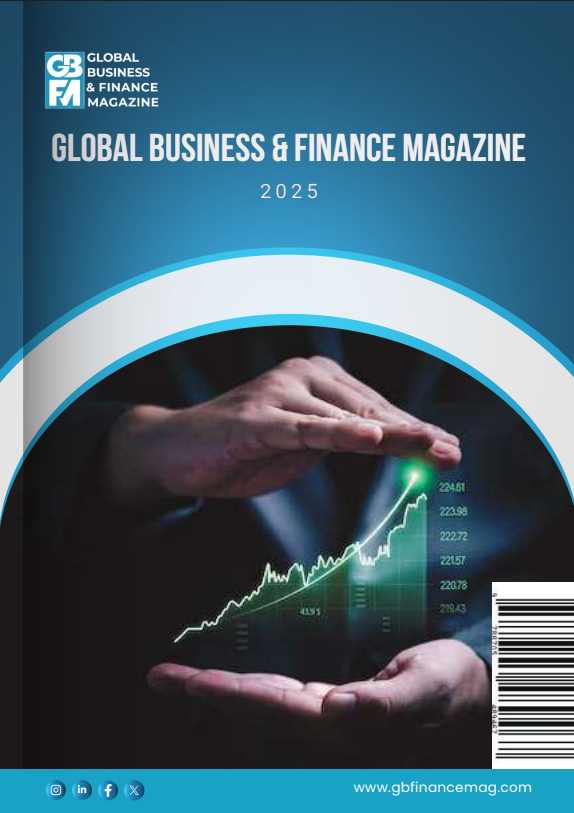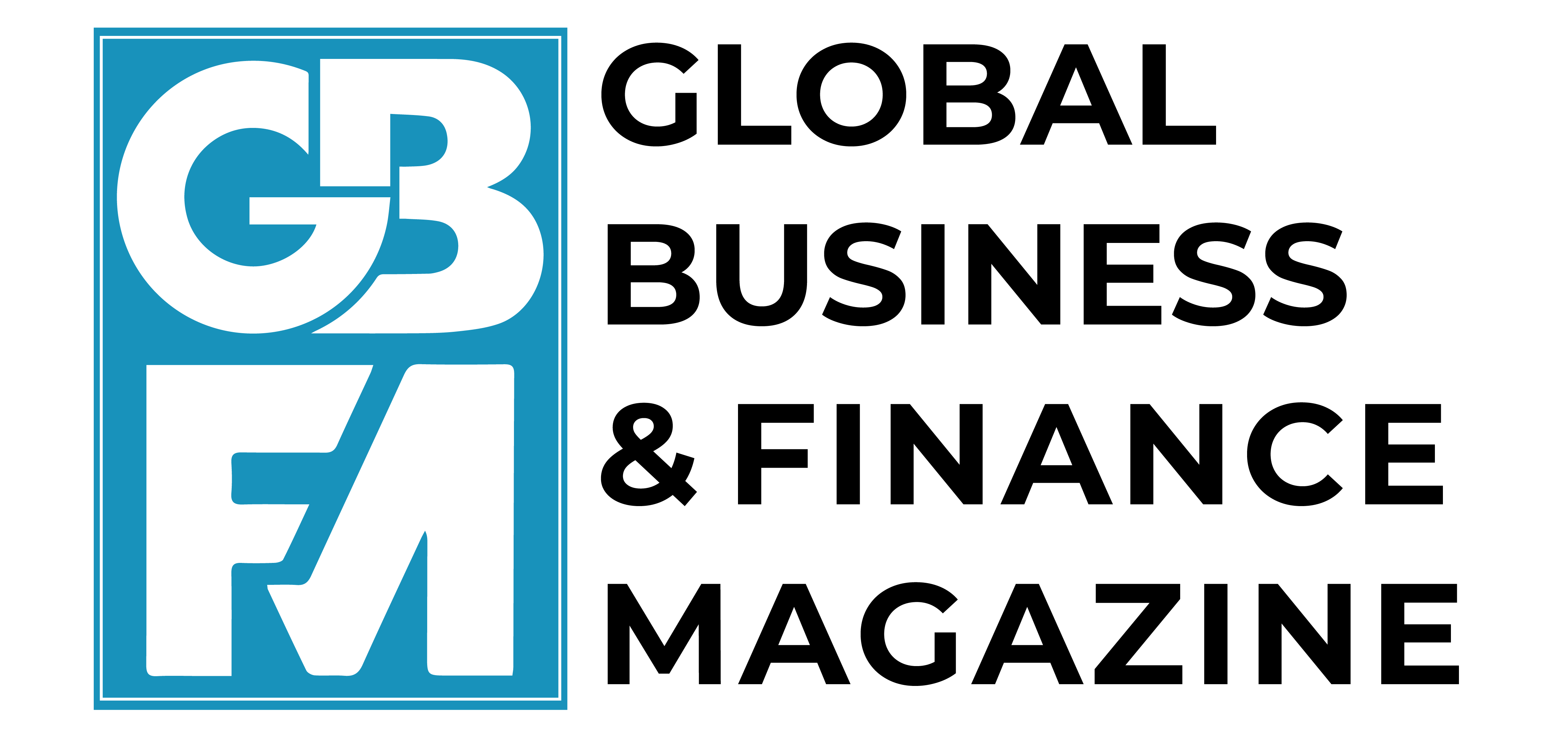Export strength does not equal tech strength: Rethinking EU comparative advantage

Amid geopolitical shocks, the EU is revisiting its industrial strategy. However, traditional metrics often paint a misleading picture of Europe’s underlying strength. This column uses
How the 2018/19 US tariffs against China boosted exports and employment in Mexico

In 2018 and 2019, the US administration hiked tariffs on imports from China. This column shows that imports from Mexico partly filled the gap, leading
Uncertain times in Lebanon: How policy shocks ripple through MENA markets

Despite its small size, Lebanon’s chronic crises send financial shockwaves across the Middle East and North Africa. This column uses a Twitter-based index of economic
Beyond words: Fed chair voice sentiments and US bank stock price crash risk

Investors and policymakers increasingly rely on verbal guidance rather than policy moves. This column examines whether the emotional sentiment of the chair of the Federal
Quantifying global debt risks amid high and rising public debt

As global debt continues to climb, evaluating debt risks is critical. This column introduces a novel ‘debt-at-risk’ framework that uses information on current macro-financial and
How to avoid unintended consequences in intimate-partner violence prevention programs

In the quest to promote women’s rights and opportunities and reduce intimate-partner violence (IPV), well-intentioned programs can sometimes yield results opposed to their goal. A recent paper sheds
A practical guide to running social media experiments

As social media platforms become ever more ubiquitous, policymakers are grappling with how to counter their effects on political attitudes and electoral outcomes, addiction and
Transatlantic clean investment monitor 4: electric vehicles

Electric vehicles (EVs) have grown from a niche technology to a mainstream industry in the space of a little over a decade. EV deployment is
Industrial policy lessons from East Germany’s privatisation

There has been renewed interest in industrial policy as a tool to reshape the structure of economic activity, but little evidence exists on the successful
Home charging and plug-in hybrid electric vehicles: A strategy for real-world emissions reductions

Plug-in hybrid electric vehicles can use either fossil fuels or electricity and offer potential emission reductions, depending on the driver’s usage. This column examines how





